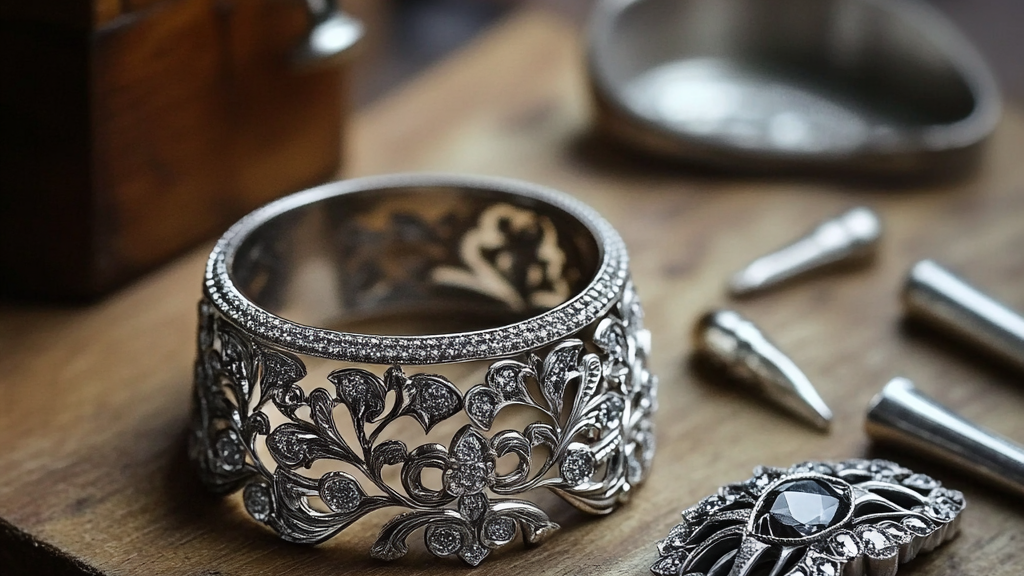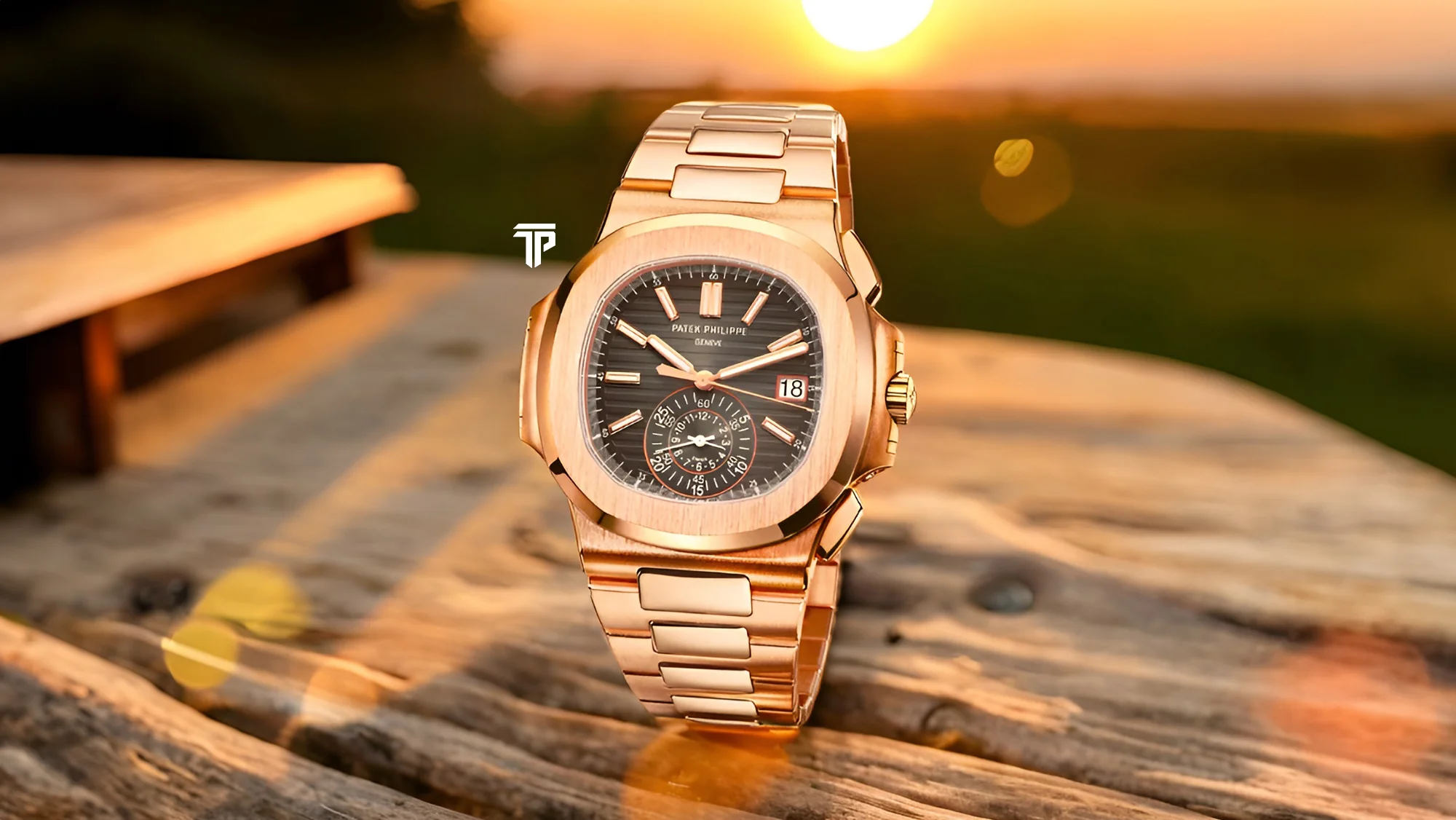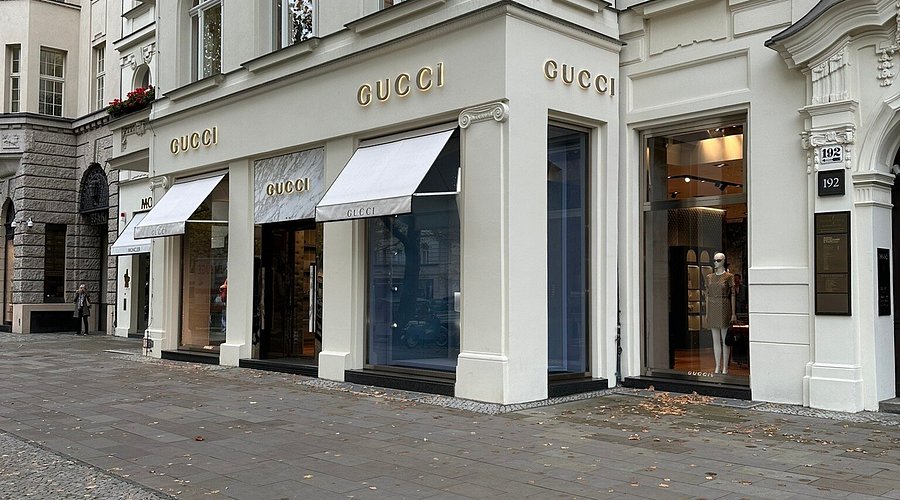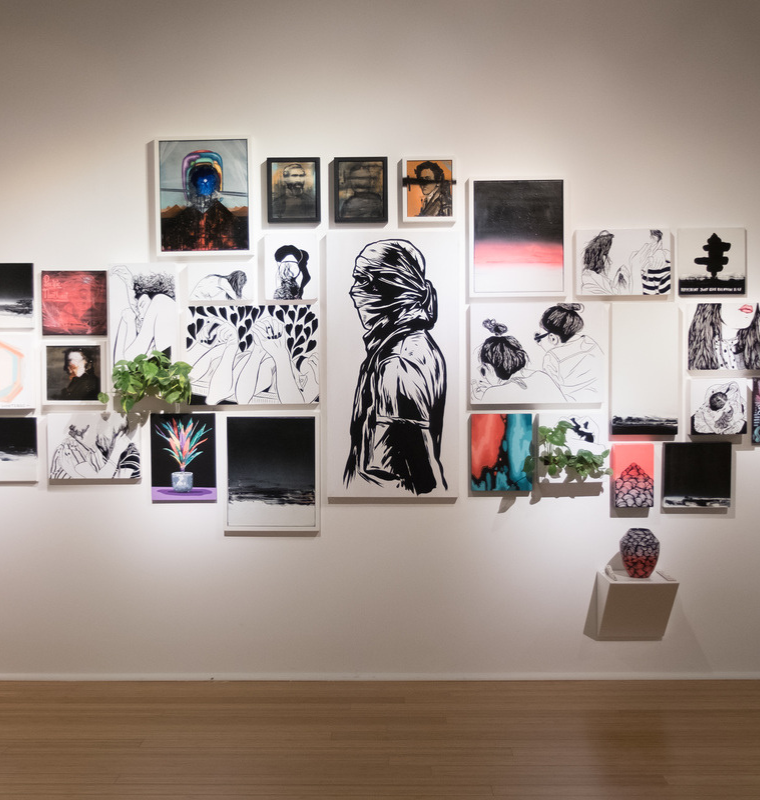Heirloom Investments Turn Family Legacies into Modern Portfolios
By
John Carter
Last updated:
October 13, 2025
First Published:
October 13, 2025

Photo: LinkedIn
Preserving Wealth Across Generations
For centuries, families have relied on heirlooms to maintain legacy and status. Today, these assets are evolving from sentimental objects into strategic components of modern wealth management. Precious art, vintage wines, classic automobiles, and rare collectibles are no longer just cherished possessions—they are increasingly recognized as long-term investments that preserve and grow family wealth.
The Strategic Shift from Traditional Assets
While stocks, bonds, and real estate remain core elements of wealth portfolios, discerning families are diversifying into heirloom investments. Unlike conventional assets, these items carry cultural and historical value, often appreciating steadily over decades. The integration of heirlooms into a financial strategy allows families to combine emotional significance with economic potential.
Art as a Cornerstone of Modern Legacies
Fine art remains one of the most sought-after heirloom investments. Paintings, sculptures, and limited-edition works serve as tangible proof of taste, refinement, and foresight. Families carefully curate collections, balancing aesthetic appeal with projected market value. Auctions, private galleries, and expert appraisals have transformed art from a decorative pursuit into a critical component of a multi-generational portfolio.
Vintage Wines and Rare Spirits as Tangible Assets
The market for collectible wines and spirits has grown exponentially, turning cellars into serious investment hubs. Limited editions, vintage bottles, and rare distillations often outperform conventional financial instruments. Families who cultivate and maintain these collections benefit not only from potential returns but also from the cultural prestige associated with careful stewardship.
The Role of Technology in Preserving Value
Digital tools now allow families to track, manage, and appraise heirloom investments with precision. Blockchain authentication, virtual inventories, and online marketplaces ensure transparency and liquidity. Technology bridges the gap between tangible heritage and modern financial oversight, making it easier for heirs to understand and maintain the value of their inherited assets.
Balancing Sentiment with Financial Strategy
Heirloom investments carry emotional weight, and successful management requires balancing sentiment with strategic insight. Families often employ specialized advisors to navigate valuation, maintenance, and legal considerations. This approach ensures that legacy items retain both their personal significance and their capacity to generate wealth for future generations.
Private Auctions and Exclusive Networks
Many families leverage private auctions and exclusive networks to maximize returns and maintain discretion. These venues provide access to niche markets where heirloom items can command premium prices. Discretion in sale and acquisition preserves the prestige of the collection while ensuring it remains a viable financial instrument.
Tax Considerations and Wealth Planning
Integrating heirloom assets into a portfolio requires careful attention to taxation and estate planning. Trusts, family offices, and legal structures are often employed to minimize liabilities and ensure smooth transfer between generations. These strategies reflect a growing sophistication in how families preserve both wealth and heritage in an increasingly complex financial environment.
Educating the Next Generation
Passing down heirlooms is more than a financial matter—it is a lesson in legacy and responsibility. Families increasingly educate heirs about the historical and economic significance of their collections. Understanding provenance, market trends, and maintenance ensures that the next generation can continue to protect and grow the family legacy.
The Future of Legacy Wealth
Heirloom investments are redefining how families perceive wealth. Beyond monetary gain, they embody identity, history, and cultural continuity. As traditional portfolios integrate more tangible assets, the balance of heritage and strategy will define the wealth of tomorrow. Families who embrace this approach can safeguard both their legacy and their influence for generations to come.
Subscribe to unlock premium content
Sed at tellus, pharetra lacus, aenean risus non nisl ultricies commodo diam aliquet arcu enim eu leo porttitor habitasse adipiscing porttitor varius ultricies facilisis viverra lacus neque.
A comprehensive guide on Agile development

10 Productivity tools that are worth checking out

Top 7 Must have management tools for productivity

A comprehensive guide on Agile development

10 Productivity tools that are worth checking out

A comprehensive guide on Agile development









